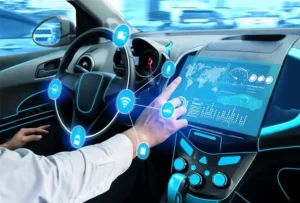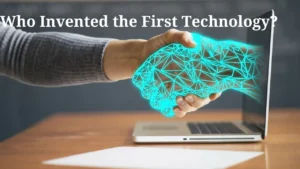In the study of Are Cars Technology in AP Human Geo?, students explore the relationships betweenIn the study of Advanced Placement (AP) Human Geography, students explore the relationships between people, places, and environments. One interesting question that often arises is: Are cars considered technology in AP Human Geography? The short answer is yes, cars are indeed considered a form of technology in this field. However, understanding why cars are classified as technology requires us to delve into how the AP Human Geography curriculum defines technology and how cars shape human activities, landscapes, and societal development.
In this article, we will explore:
- What technology means in the context of AP Human Geography.
- How cars fit into this definition of technology.
- The impact of cars on human geography, including urbanisation, transportation patterns, and environmental concerns.
- The future of cars and how technological advancements in transportation continue to reshape human geography.
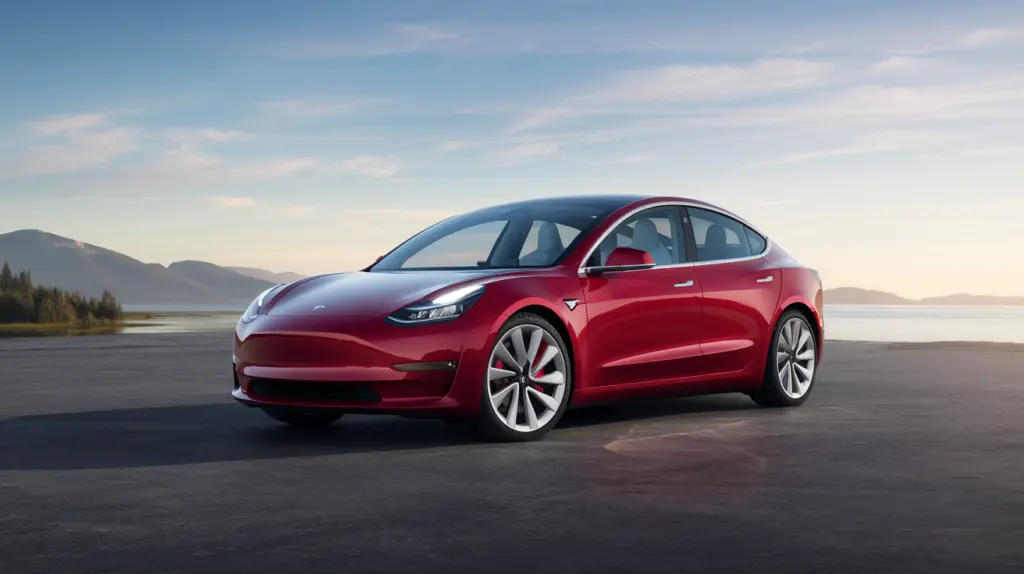
What is Technology in AP Human Geography?
In AP Human Geography, technology refers to any tools, systems, or machines created by humans to solve problems or enhance capabilities. This broad definition means that technology is not just computers, smartphones, or the internet, it also includes tools and machines that have been around for centuries, such as agricultural equipment, weapons, or transportation vehicles.
From a human geography perspective, technology plays a critical role in shaping human interactions with the environment. It enables societies to develop more efficiently, influences economic activities, and affects the movement of people and goods across different regions.
In the context of AP Human Geography, technology is studied as part of cultural landscapes, which refer to the human-made environments that reflect the culture, economy, and technological advancement of a society. Cars are a significant part of these landscapes because they directly influence how people move, live, and structure their societies.
Defining Technology in Human Geography
To fully understand the concept of technology in human geography, it is essential to highlight some key terms that relate to the subject:
- Cultural Landscape: The visible imprint of human activity on the landscape, including buildings, roads, and other infrastructure.
- Diffusion: The spread of technology and ideas across space and time, including the adoption of cars around the world.
- Industrialization: The process by which societies move from agrarian-based economies to manufacturing-based economies, often powered by technological advancements, including the invention of the automobile.
In this sense, cars—like railways, aeroplanes, and ships, are a form of technology that has revolutionised transportation and played a crucial role in the development of human societies.
How Are Cars Considered Technology in AP Human Geography?
Cars are considered a form of technology because they are man-made machines designed to solve a basic human need: transportation. They provide a means of moving people and goods quickly and efficiently over large distances. In AP Human Geography, cars are not just viewed as individual objects but as a part of larger transportation networks and systems that connect regions, influence urbanisation, and shape economic patterns.
Also read 2021 Subaru Ascent Technology Package
Cars as Tools for Mobility
At their core, cars are tools for mobility. Before the invention of cars, people relied on walking, horseback riding, or other slower methods of transportation. The invention of the automobile drastically increased the speed and efficiency of human movement, allowing people to travel farther distances in shorter amounts of time. This increased mobility reshaped the layout of cities, rural areas, and even entire countries.
By providing faster and more flexible transportation options, cars have significantly impacted:
- Urban development: Cars enabled the growth of suburbs, as people were no longer limited to living near their workplaces in city centres.
- Commuting patterns: The rise of car ownership led to the emergence of daily commuting, where people travel from their suburban homes to jobs in urban areas.
- Global trade: Cars are part of the larger transportation infrastructure that facilitates the movement of goods between countries.
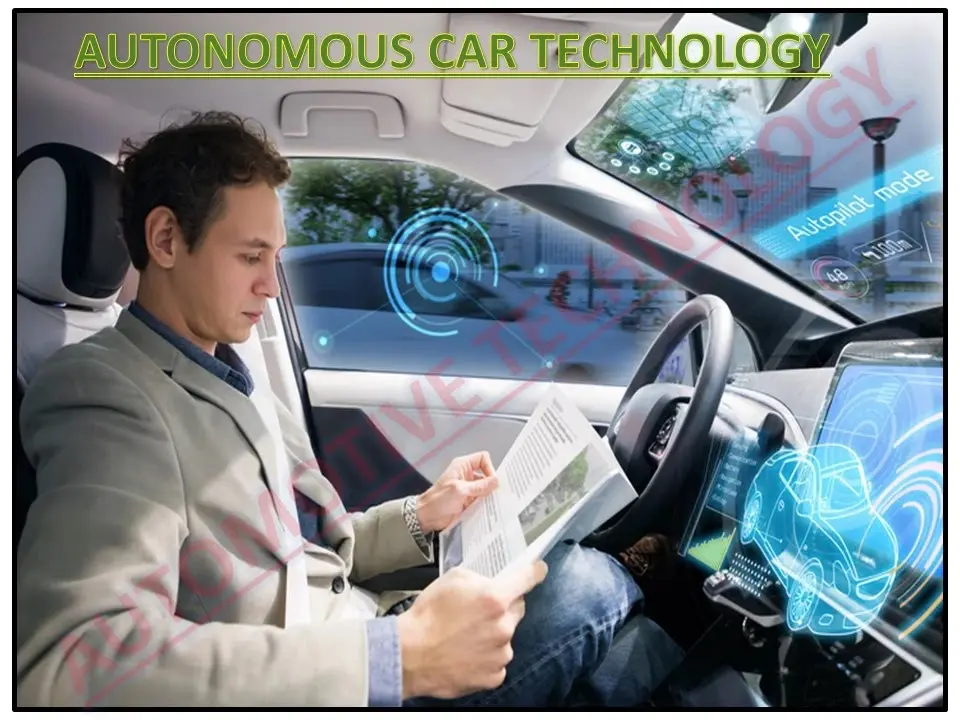
Diffusion of Car Technology
Cars, like many technological innovations, spread through a process called diffusion. Diffusion refers to the way technologies, ideas, or cultural practices spread from one place to another. In the case of cars, the diffusion began in the late 19th and early 20th centuries, primarily in Europe and the United States, where industrialization was at its peak.
By the mid-20th century, cars had become a global phenomenon, with countries around the world adopting automobile technology. This diffusion led to:
- Global economic changes: The rise of automobile manufacturing became a cornerstone of many national economies, from the United States to Japan and Germany.
- Cultural shifts: Car culture emerged, influencing everything from social norms to consumer behaviour.
- Environmental impacts: As more cars were produced and used, their impact on the environment became more apparent, leading to discussions around sustainability and alternative forms of transportation.
Are Cars Technology in AP Human Geo? The Impact of Cars on Human Geography
Cars have a profound impact on human geography. Their widespread use has shaped the development of cities, the movement of people, and even the natural environment. Below, we explore some of the key ways cars influence human geography.
Urbanisation and Suburbanization
One of the most significant impacts of cars on human geography is their role in the urbanisation and suburbanization processes.
- Urbanisation: As cities grew in the late 19th and early 20th centuries, cars became essential for transporting large numbers of people within urban areas. Cities expanded, and the need for road infrastructure increased, leading to the development of highways, bridges, and tunnels. This, in turn, facilitated even more urban growth.
- Suburbanization: Cars played a crucial role in the rise of suburbs, areas located on the outskirts of major cities. In the mid-20th century, particularly in the United States, people began to move out of congested urban centres to more spacious suburban neighbourhoods. This migration was only possible because of cars, which allowed people to commute from suburban homes to city jobs.
The rise of suburbs also changed the way cities were structured, with more emphasis on road networks and parking facilities. Public transportation systems often became less of a priority in car-dominated suburban landscapes.
Changing Transportation Patterns
Cars fundamentally changed how people and goods move. Transportation geography, a key area in human geography, studies how transportation systems connect different regions and enable economic, social, and cultural exchanges. The invention of the car made transportation more personal, giving people more control over where and when they travelled.
- Increased connectivity: Cars allow for easy travel between rural, suburban, and urban areas, increasing connectivity and encouraging the growth of cities and economies.
- Economic growth: The development of the car industry created millions of jobs, from manufacturing and sales to maintenance and road construction. The automotive supply chain is a vast global network that includes factories, dealerships, and service centres worldwide.
- Global supply chains: Cars also play a role in moving goods. Freight vehicles, such as trucks, are an essential part of global supply chains, helping to transport goods from factories to markets.
Environmental Impact
While cars have brought many benefits in terms of mobility and economic development, they also have significant environmental impacts, an important consideration in human geography.
- Air pollution: Cars are a major source of greenhouse gas emissions, contributing to air pollution and climate change. In response, many countries have implemented stricter emissions regulations and are promoting the use of electric vehicles (EVs) as a cleaner alternative.
- Urban sprawl: The rise of car-dependent suburban communities has led to urban sprawl, where cities spread out over larger areas, often encroaching on natural habitats and agricultural land. This can result in loss of biodiversity and increased infrastructure costs.
- Traffic congestion: In densely populated areas, the high number of cars on the road leads to traffic jams, which not only wastes time but also increases fuel consumption and pollution levels.
These environmental challenges have prompted a shift toward more sustainable forms of transportation, including electric cars, public transportation systems, and bike-friendly cities.
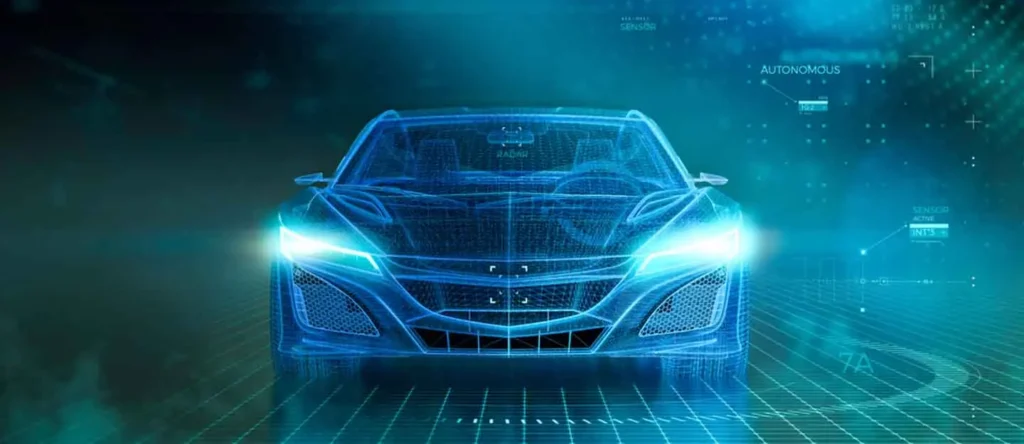
The Future of Cars in Human Geography: Technological Advancements
Cars and technology are continually evolving, and the future of transportation is a critical area of study in AP Human Geography. Several technological advancements are likely to shape how cars impact human geography in the future:
Electric Vehicles (EVs)
As mentioned earlier, electric vehicles are gaining popularity as a cleaner alternative to traditional gasoline-powered cars. Governments around the world are encouraging the adoption of EVs through incentives and investments in charging infrastructure.
From a human geography perspective, the rise of EVs could lead to changes in the way cities and regions plan their infrastructure. Charging stations will need to be widely available, and EVs could help reduce pollution in urban areas.
Autonomous Vehicles
Self-driving cars, or autonomous vehicles, are another emerging technology that could revolutionise transportation. These vehicles use advanced sensors and AI to navigate roads without human input. If widely adopted, autonomous vehicles could:
- Reduce the number of traffic accidents.
- Improve the efficiency of transportation systems by optimising traffic flow.
- Change commuting patterns, as people may be able to work or relax during their commute.
Ride-Sharing and Mobility Services
Ride-sharing services like Uber and Lyft are transforming how people get around cities. These services are part of a broader trend toward mobility as a service (MaaS), where transportation is provided on-demand through digital platforms. In human geography, this shift could reduce the need for individual car ownership, decreasing traffic congestion and the demand for parking spaces in urban areas.
Conclusion
In AP Human Geography, cars are undeniably considered a form of technology. They have played a crucial role in shaping human societies, from enabling the growth of cities to influencing transportation patterns and economic development. However, cars have also created environmental challenges that require innovative solutions.
As technology continues to evolve, cars will remain a key part of human geography. The rise of electric and autonomous vehicles, as well as new transportation models like ride-sharing, will continue to reshape how people interact with their environments. Understanding the role of cars in human geography is essential for anyone studying the relationships between people, places, and technology.



